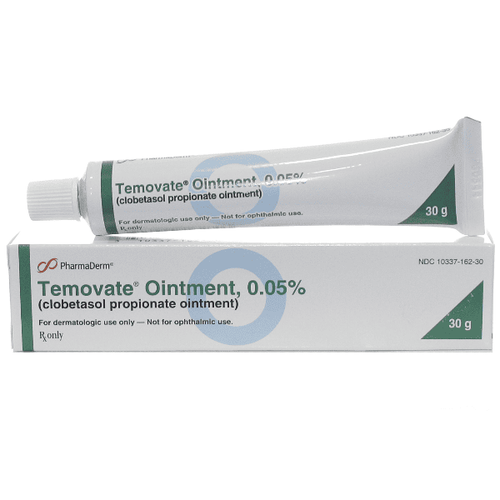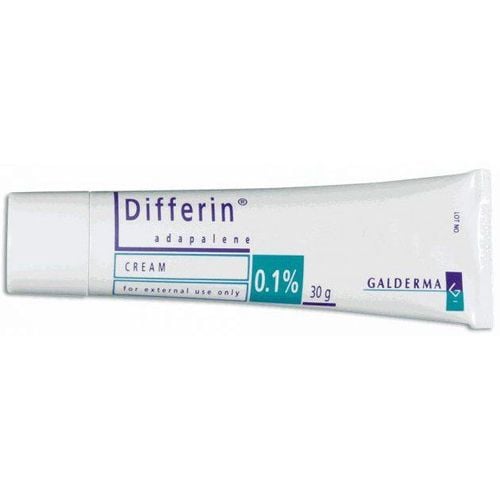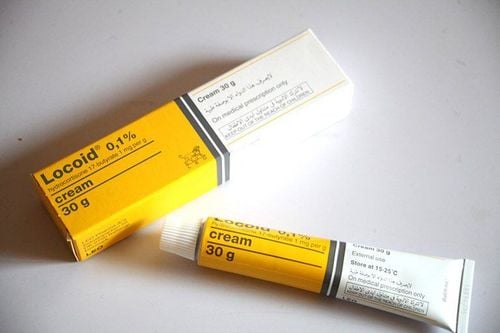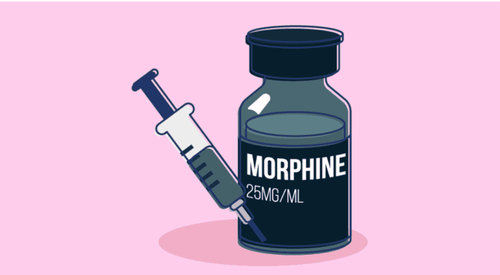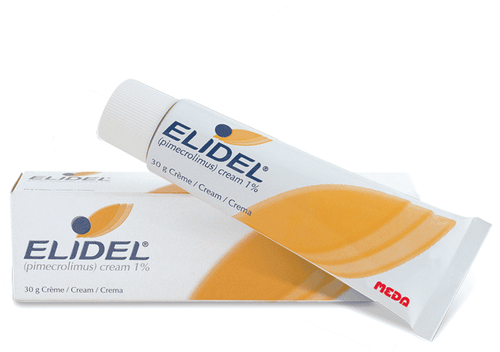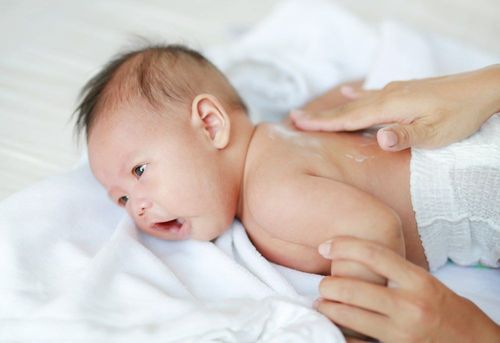This is an automatically translated article.
The article was written by Specialist Doctor I Le Thi Thu Hang - Department of Medical Examination & Internal Medicine - Vinmec Hai Phong International General Hospital.
Eczema (or acute dermatitis of the palms of the hands): is a disease characterized by blistering, very itchy on the soles of the feet and hands. The disease is common in young people, the rate of the disease is equal in men and women.
1. Causes of leech disease
Risk factors are people with a history of atopic dermatitis, exposure to chemicals, strong detergents that can cause flare-ups.
The cause of the disease is not clear, often a combination of many factors such as:
History of atopic dermatitis Frequent exposure to chemicals, detergents.. Hyperhidrosis Smoking Continue Frequent exposure to ultraviolet rays...
2. Signs and symptoms of molluscum contagiosum
Manifestation of the disease is the appearance of blisters on the soles of the feet, hands, or between the fingers, very itchy. Vesicles can be isolated or concentrated in clusters, ranging in size from a few millimeters to large blisters. The blisters and vesicles persist for weeks and then burst and then peel off. Causes chronic inflammation, redness, peeling, cracking of the skin of the palms and feet. Severe disease can cause nail dystrophy. Cases of superinfection with staphylococcus aureus, vesicular fluid, turbid bullae.
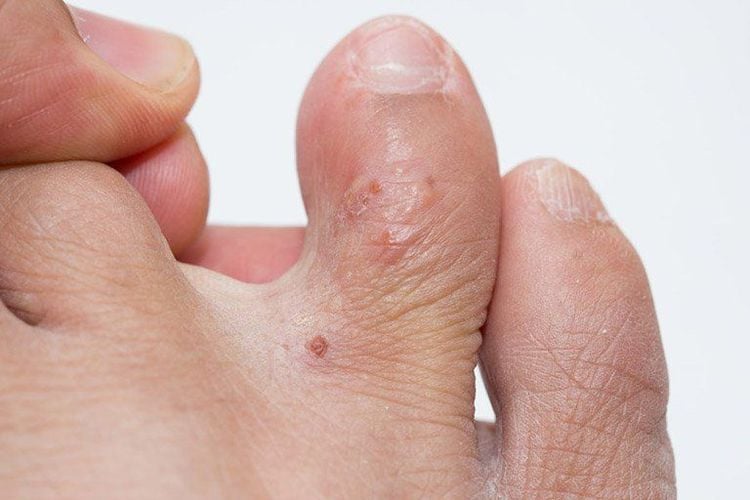
Blisters, tight blisters located deep under the skin of the soles of the feet, hands and between the fingers Very itchy The disease presents suddenly The disease often recurs
3. What methods are used to treat dysentery?
3.1 Principles of treatment Avoid factors that trigger the disease: like chemicals, detergents... Treatment of inflammation Coordinate with skin care measures to reduce symptoms Treatment medicine:
Topical medicine contains: corticosteroids: indicated for mild or moderate hives. Choose strong corticosteroids Betamethasone dipropionate 0.05% or Clobetasol propionate 0.05%. Apply twice a day for 2-4 weeks. Drugs should be prescribed by a doctor because of side effects causing skin atrophy, vasodilation... Topical Calcineurin Inhibitors (Tacrolimus): Due to the high cost of the drug and its lower anti-inflammatory effect than corticosteroids, it is often used in combination. with corticosteroids to avoid prolonged use of corticosteroids causing skin atrophy. Tacrolimus 0.1% ointment is indicated to be used twice a day until the disease is stable. Severe form: can use a short course of systemic corticosteroids, prednisone 40mg/day, need to gradually reduce the dose. In case the leech nest has a superinfection with Staphylococcus aureus, antibiotics should be used for 7 days. Antihistamines (Desloratadine 5mg, Cetirizine 10mg..) to relieve itching symptoms.
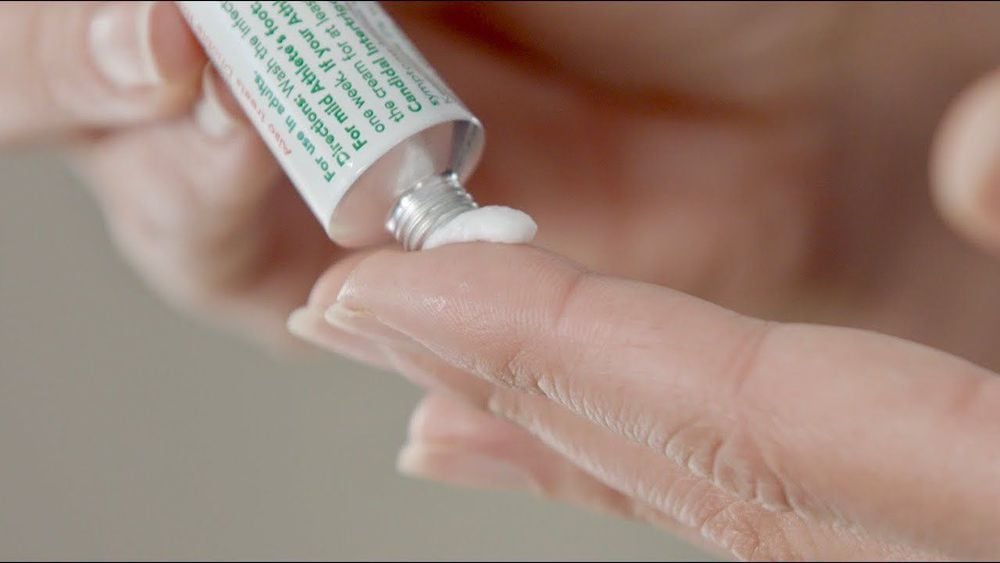
3.2 Combined skin care measures Avoid contact with soaps, detergents, chemicals.... Do not soak in homemade salt water, do not bathe in leafy water that can make inflammation worse. . During the dry, flaking, and cracked skin phase, it is necessary to coordinate with the application of moisturizers to reduce the symptoms of itching and burning pain.
Please dial HOTLINE for more information or register for an appointment HERE. Download MyVinmec app to make appointments faster and to manage your bookings easily.
References:Fitzpatrick’s clolor atlas and synopsis of clinica Dermatology 8e edition Acute palmoplantar eczema (dyshidrotic eczema). David R Adam, MD, PharmD, James G Marks, Jr, MD.UptoDate Aug2020 Dermatology. Assoc.Prof.Dr. Nguyen Van Thuong. Department of Dermatology, Hanoi Medical University. Medicine Publishing House,2017





